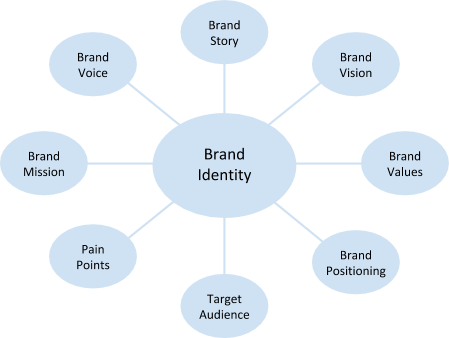How to Ask Customers for Feedback
(And What to Do with It)
Make no mistake: your customers have opinions. There are aspects of your operations that they love and want more of. There are aspects that they could be more enthused about. Disregarding this actionable insight would mean missing out on an opportunity to enhance future interactions.
Thankfully, that doesn't have to be the case. Soliciting customer feedback not only provides a roadmap for continuous improvement but also demonstrates a genuine concern for their input, thus increasing customer loyalty at the same time.
Here are three practical approaches for collecting customer feedback and helping them feel comfortable sharing their opinions with you.
3 Ways to Ask Customers for Feedback
1. Email Surveys
One easy way to ask customers questions and get legitimate answers involves sending out surveys.
Make the survey brief enough, or you risk overwhelming someone or giving them an excuse to put it off. Try to limit it to five to ten questions via a survey that takes no more than a few minutes to complete.
Keep in mind that with email surveys, you're essentially playing a "numbers game." Because email is so easy to use, it's also easy for people to ignore it. You can't expect ten responses if you send out ten survey emails. But if you send enough of them, even if only 5% of the people respond, that's still a great starting point to understand better what people think about how you're doing.
2. Focus Groups
Conducting focus groups is another great way to ask real customers questions and get honest feedback.
The best practice is to bring in a third-party moderator. They'll collect all the feedback and present it as a report.
It's important to note that success here depends mainly on the moderator's abilities. They need to know how to ask the right questions and pay attention to non-verbal cues like body language that could uncover actionable insight that may otherwise go unnoticed.
3. Printed Surveys + Giveaways
A great way to leverage print marketing to solicit customer feedback is by holding contests or giveaways.
The premise is simple: all someone has to do is give you their opinion or fill out a comment card, and they get something free, e.g., a notepad, a donut, etc., or you can offer something bigger and enter them for a chance to win a prize.
People will likely be more receptive to this tactic because it is tangible, print collateral instead of an email. Likewise, people always want to win free items! It's a perfect chance to increase your response rate and gather intelligence in one fell swoop.
Utilizing Customer Feedback
You can utilize the data you receive in a couple of different ways.
If you get constructive feedback on anything from your logo to packaging to customer service, you can consider that when making future decisions.
If you receive positive customer feedback in the form of testimonials, you can incorporate it into your marketing efforts. Whether on print materials, online initiatives, or social media platforms, firsthand accounts offer authenticity that resonates with potential customers.
Customer feedback is a compass that guides your business toward innovation, improvement, and satisfaction. Embrace it!
If you need help with print and marketing to help your business thrive, please don't delay - contact us today.Call 516-561-1468

















